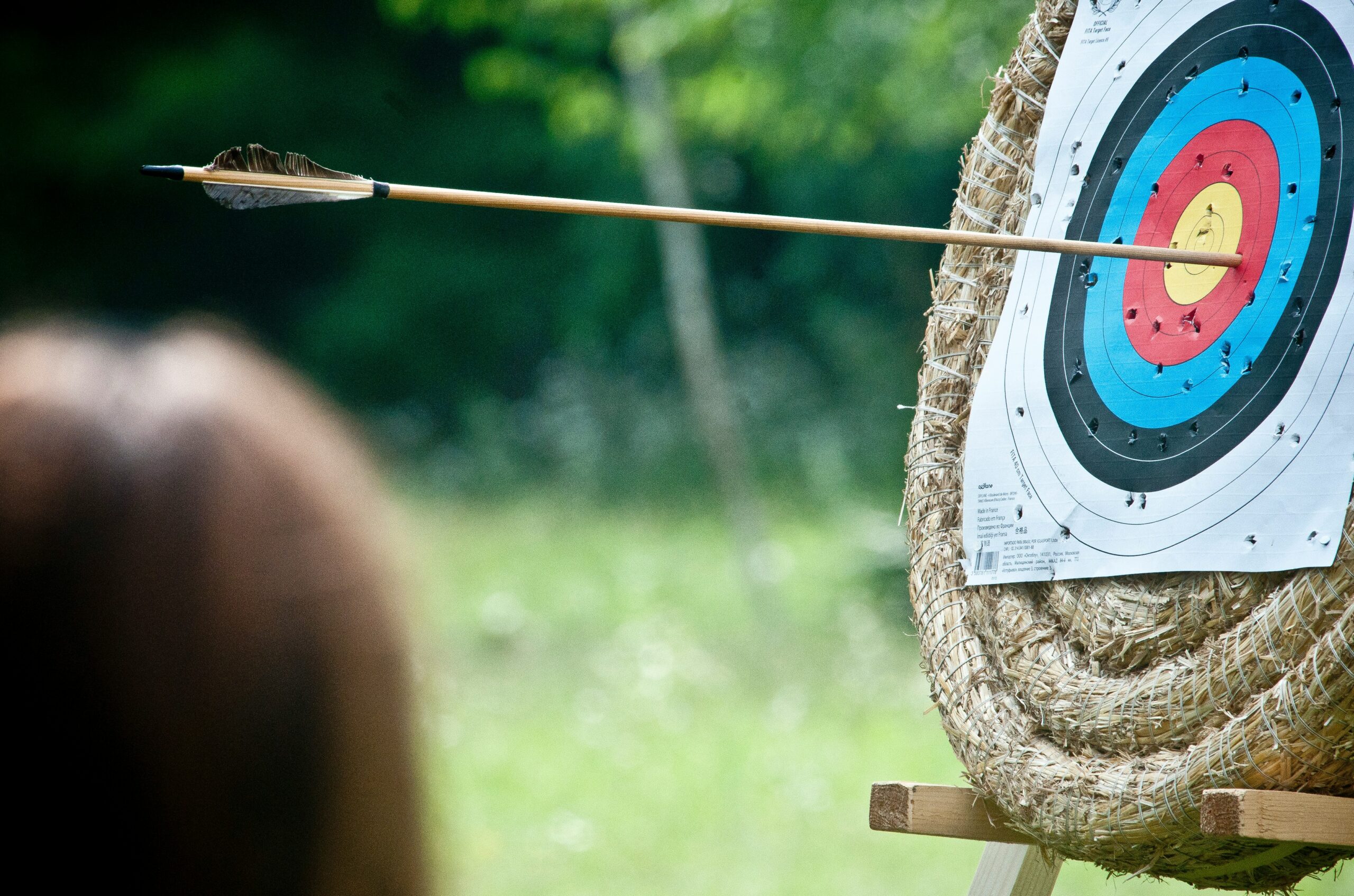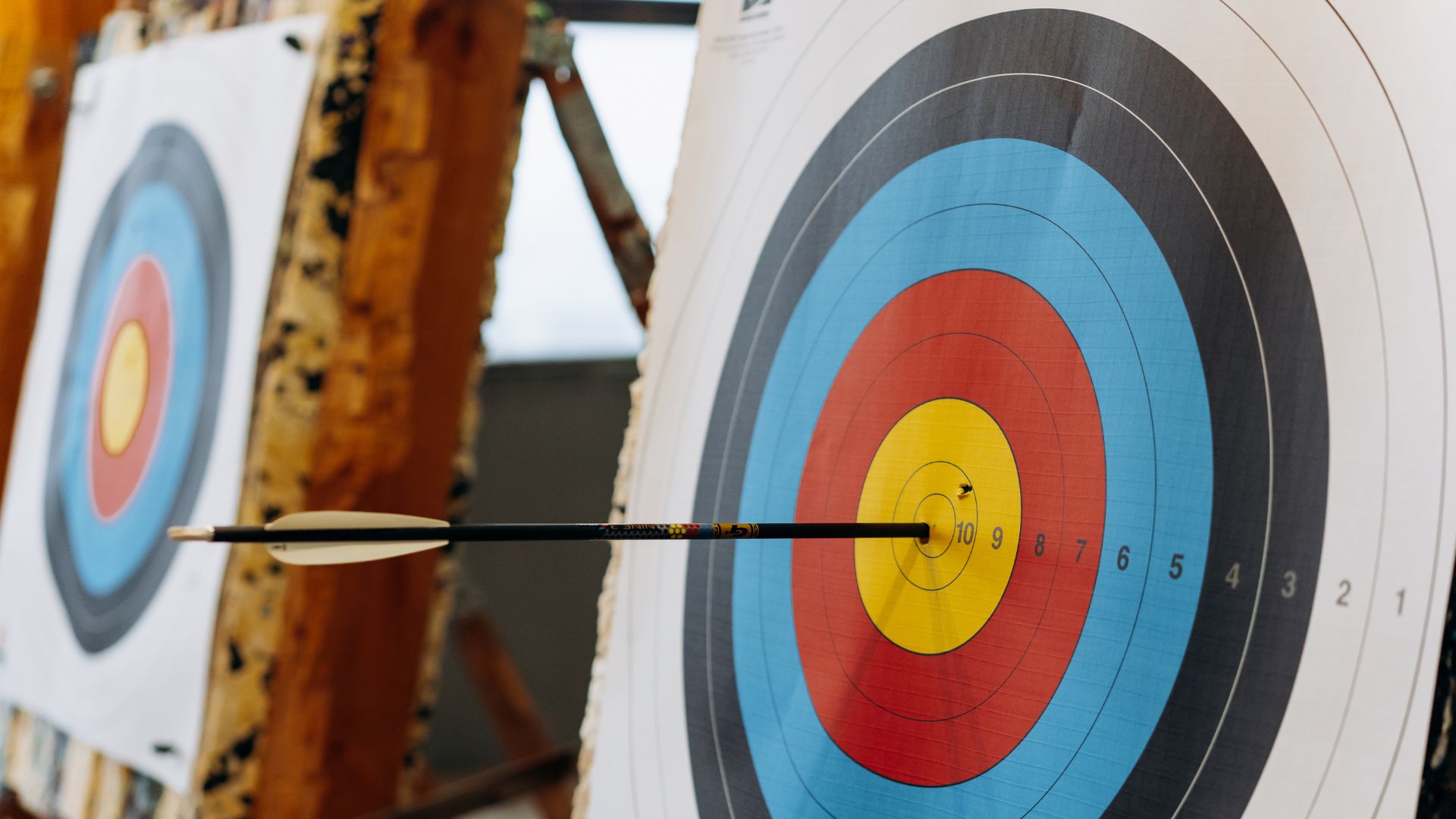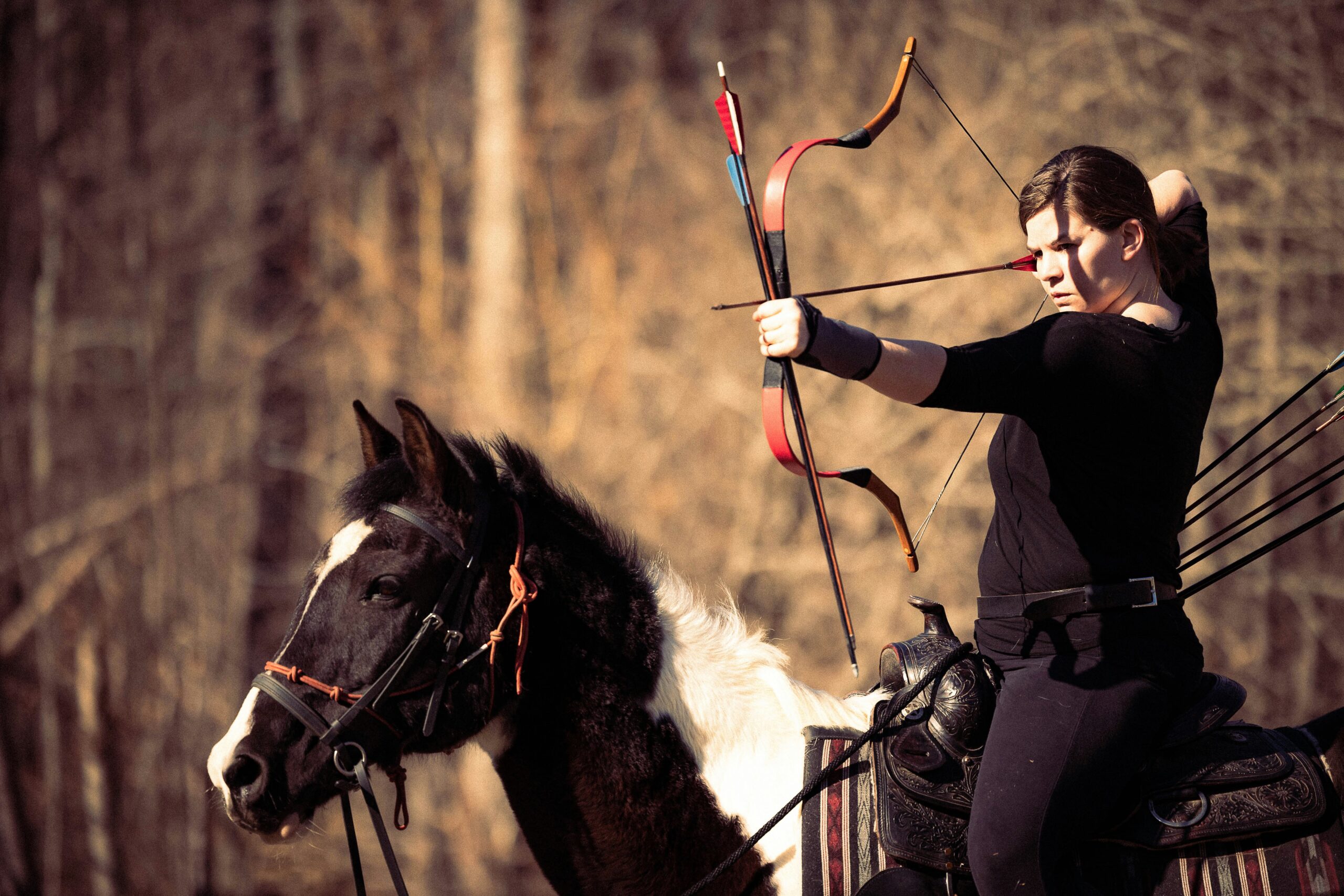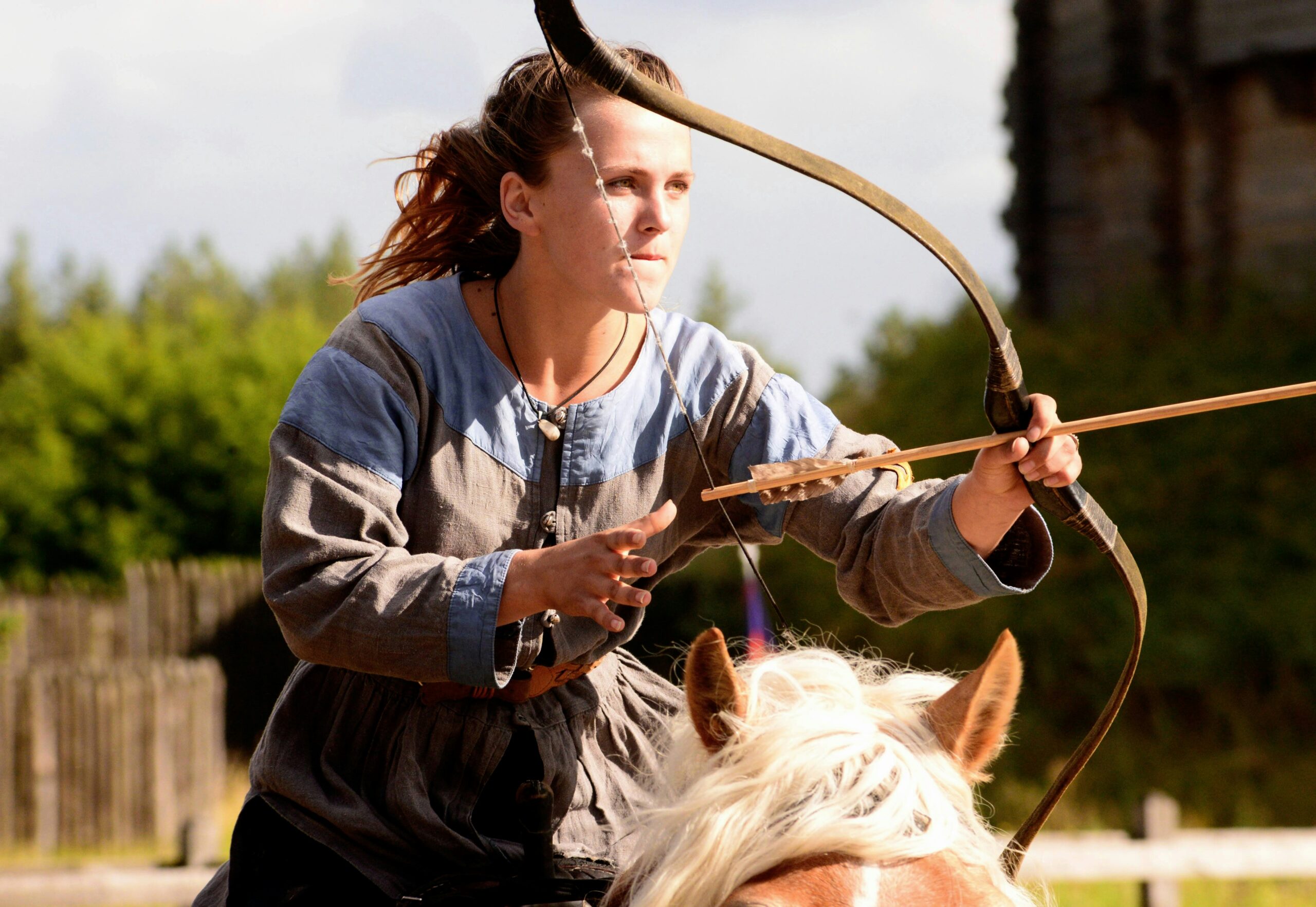Archery is one of the oldest and most fascinating forms of human weaponry. Over thousands of years, it has evolved from a tool of survival and warfare to a competitive sport enjoyed by millions worldwide. While today archery is often seen as a recreational activity or a professional sport, its origins are deeply rooted in ancient warfare, where the bow and arrow played a pivotal role in shaping battles and civilisations.
Let’s take a look at how archery has transformed through history, from its use in ancient battles to its place in modern-day sport:
- The role of archery in ancient warfare
- Medieval archery: Skilled longbowmen as the ultimate advantage in battle
- Modern archery: An Olympic discipline
- Humble beginnings to hunting to warfare: Archery through the years
The role of archery in ancient warfare
The roots of archery stretch back over 5,000 years, with some of the earliest evidence found in ancient Egypt. The bow and arrow were initially used by hunter-gatherers, but their true potential was realised in warfare. Archery provided a significant advantage, as it allowed warriors to strike at enemies from a distance, making it an invaluable tool on the battlefield. The Egyptians were among the first to master archery as a military weapon. Their chariot-mounted archers were highly effective, providing both mobility and firepower.
In the centuries that followed, archery spread to other ancient civilisations, from the Assyrians and Persians to the Greeks and Romans. The Assyrians, known for their military prowess, developed elite archery units that were key to their conquest of the ancient Near East. The Persians, under leaders like Cyrus the Great, also made significant use of archery, particularly in cavalry units. Archers were often placed on horseback, allowing them to shoot arrows while moving quickly, making them a formidable force.
However, it was the Mongols who would revolutionise archery in the Middle Ages. Under the leadership of Genghis Khan, the Mongol Empire built one of the most successful and mobile fighting forces in history. Mongol archers were legendary for their skill and speed. They mastered the art of shooting arrows while riding horses at full gallop, and their small, highly mobile units struck fear into the hearts of their enemies. This innovation in mounted archery gave the Mongols an overwhelming advantage, allowing them to dominate vast areas of Asia and Europe.
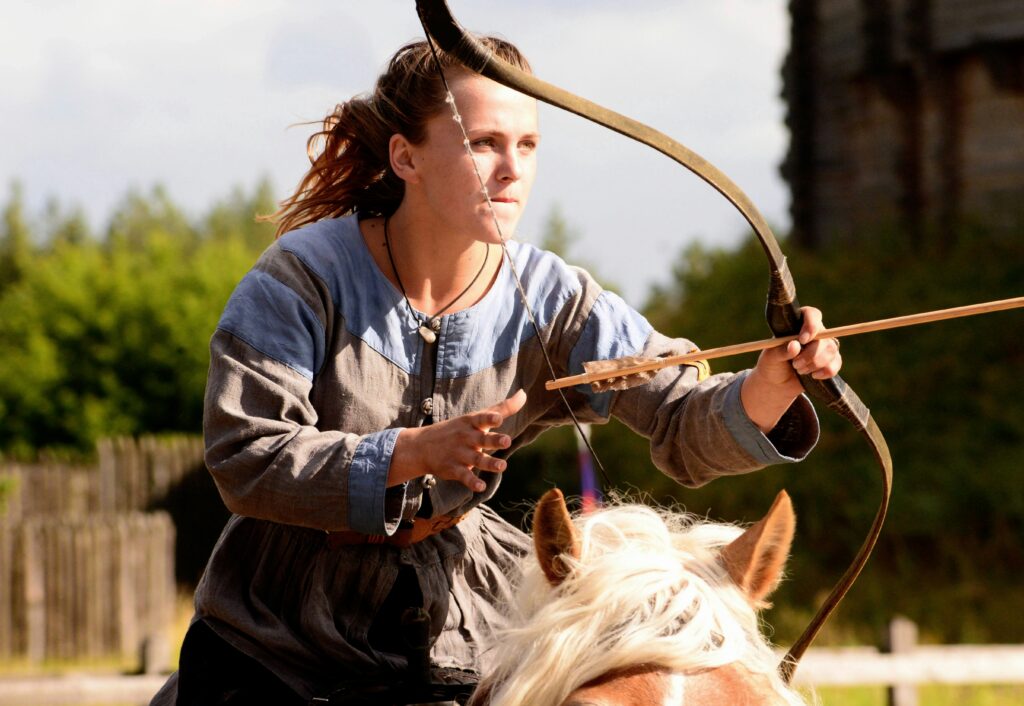
Medieval archery: Skilled longbowmen as the ultimate advantage in battle
By the time of the medieval period, archery had firmly established itself as a key element in military strategy. One of the most famous examples of medieval archery came during the Hundred Years’ War between England and France, which lasted from 1337 to 1453. The English longbowmen, armed with longbows that were much more powerful than the short bows used by other European armies, became a decisive force in several key battles.
The Battle of Agincourt in 1415 stands out as one of the most significant examples of the effectiveness of archery in medieval warfare. The English army, vastly outnumbered, was able to decisively defeat the French thanks in large part to their skilled longbowmen. The longbow could fire arrows that pierced armour, making it a powerful weapon against knights and cavalry. The sheer volume of arrows fired by English archers overwhelmed the French forces, resulting in a pivotal victory.
Medieval archery also played a crucial role in the defence of castles and in sieging operations. Archers were often stationed in castle walls, where they could shoot down on approaching enemies, providing vital support during sieges. The English longbow, in particular, became synonymous with the military prowess of the time and remained the weapon of choice for English armies well into the 16th century.
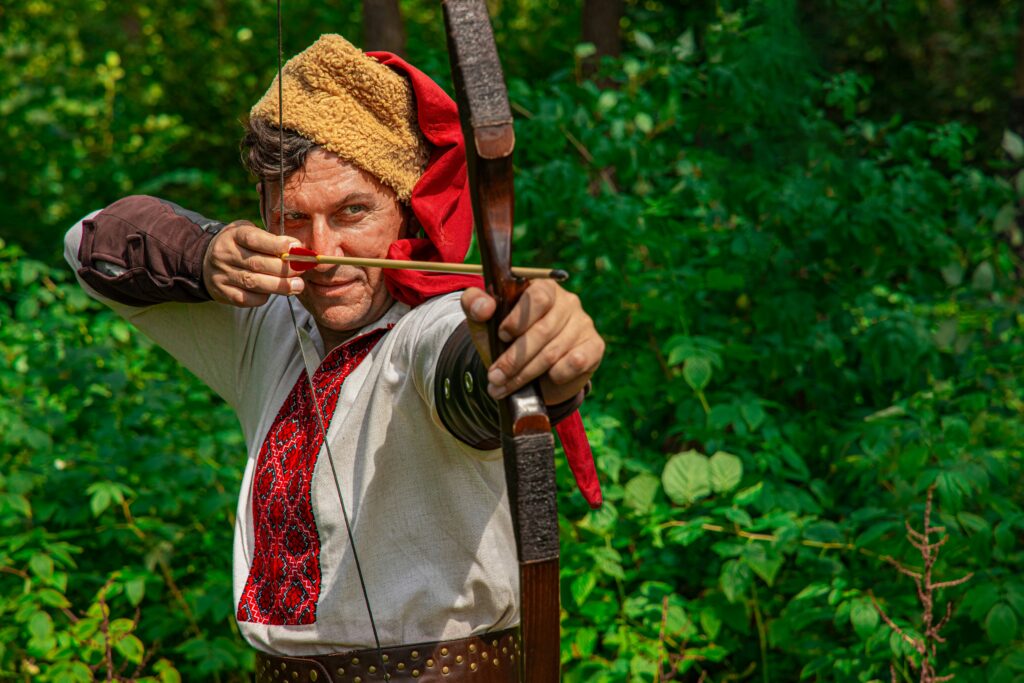
Modern archery: An Olympic discipline
As the need for archery in warfare diminished with the rise of firearms and modern technology, the bow and arrow transitioned into a recreational activity and, eventually, a competitive sport. By the 19th century, archery began to be recognised as a formal sport. The first official archery association, the National Archery Association (NAA), was founded in the United States in 1879, and the sport quickly grew in popularity, especially in Europe and North America.
One of the key moments in the evolution of archery as a sport came in 1900 when it was included in the first modern Olympic Games in Paris. At the time, archery events were held in a variety of formats, but it wasn’t until the 1972 Olympics in Munich that archery became a standard part of the Games, with the modern format of competition we recognise today.
In the 20th century, the development of different types of bows, such as the recurve bow, compound bow, and more recently, the introduction of high-tech carbon fibre arrows, completely transformed the sport. These innovations made the sport more accessible to people of all ages and abilities, from beginners to elite athletes. Today, archery is practiced by millions around the world, with national and international competitions, including the World Archery Championships and the Paralympic Games, attracting archers from all walks of life.
Humble beginnings to hunting to warfare: Archery through the years
From its humble beginnings as a tool for hunting and warfare to its role in shaping the course of history, archery has undergone a remarkable transformation. Today, archery is a sport that challenges both the mind and body, requiring concentration, precision, and focus. It has transcended its military origins to become a popular pastime for individuals of all ages, from casual archers to professional competitors.
“A bow is a friend that never betrays its owner.” – Unknown Author
As we reflect on the history of archery, it’s clear that the bow and arrow will always hold a special place in human culture. It serves as a link between our past and present, offering a connection to the warriors of old while continuing to challenge us in new ways. Whether practised for sport, recreation, or historical appreciation, archery remains as relevant today as it ever was.


